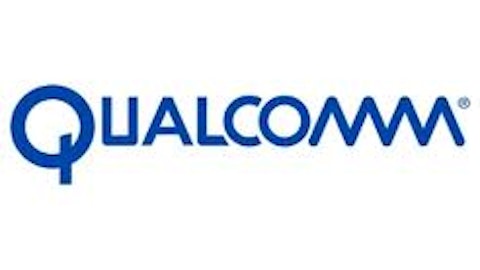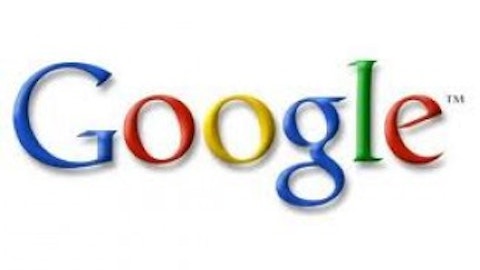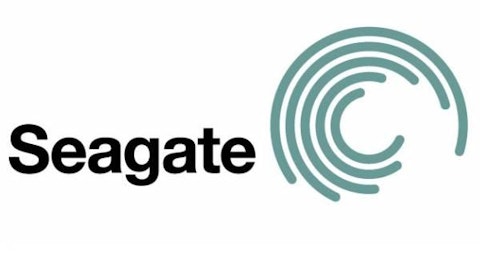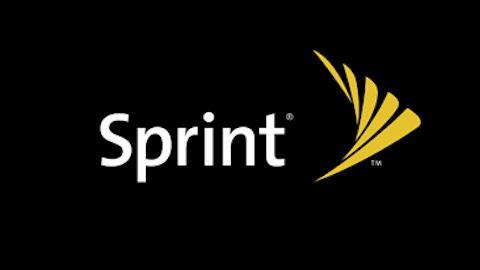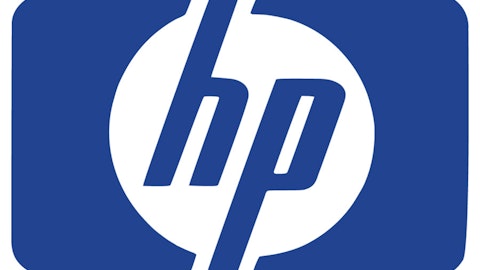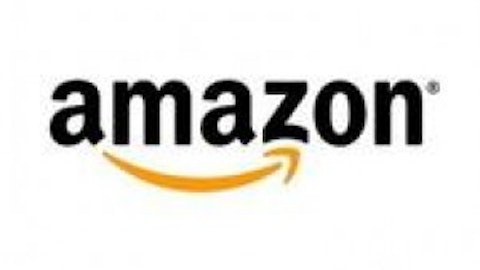A buddy in IT?
Microsoft’s pricing strategy is an advantage for Nokia. While Windows comes with higher costs with having to license the operating system, it also has a few unique assets.
- As shown with the Surface, accessories can be a key way of increasing the total sales price beyond what a tablet itself costs. An entry-level Surface sells for $500, but throw in Microsoft’s smart-keyboard cover, and there’s an extra $100 in high-margin sales. With people wanting a Windows 8 tablet because it’s more comparable with the PC experience they’re familiar with, it stands to reason that keyboard accessory attach-rates would be much higher.
- Information workers haven’t lost interest in Windows as a tablet device. A recent study from Forrester Research found that while 33% of information workers want Apple Inc. (NASDAQ:AAPL)‘s iPhone as their next work smartphone — versus 10% who want a Windows Phone — interest is far higher in a Windows tablet. While 26% of workers wanted an iPad, 32% preferred a Windows tablet.
The key point here is that there is pricing flexibility for Nokia in tablets, and it could have a rich enterprise market to sell to. While consumers might be quick to flock to tablets in the $200 to $350 price range, enterprises would afford more demand at a higher price level.
Much more to prove
Despite these advantages, the elephant in the room is that the Surface has yet to be broadly adopted. Most reports say Microsoft moved less than a million tablets last quarter.
To be fair, Microsoft had released only its consumer-focused Windows RT version during the holiday quarter. Its Surface Pro version, aimed squarely at businesses, saw a first-quarter launch.
Not only that, but many businesses are still formulating their BYOD and tablet strategy. Forrester’s study also showed that 79% of the workers it surveyed don’t use tablets in their workplace. That could be one of the key differentiation points between Windows in smartphones and in tablets. Microsoft didn’t release a version of Windows Phone with a broad offering from Nokia until late last year. Simply put, Windows Phone came out after support had coalesced around Android and iOS. Even if you’re Microsoft, it’s extremely hard to make a comeback when rival platforms have achieved such dominance. Developed countries like the United States have little smartphone growth from today’s levels.
Contrast that with tablets, where companies are still weighing how to position the devices in their strategy. Not only that, but there’s less of a clearly defined “break” in the difference between a tablet and a laptop as there is between a laptop and a smartphone. The potential for more of a “hybrid” device of tablets running Windows 8 provides Nokia a nice niche to sell to if it can create the right product.
Nokia’s primary turnaround effort remains its Lumia line, but it’s pretty clear why the company could see some interest in tablets. Add in the fact that Windows Phone is getting more interest from enterprises than from consumers, and a tablet provides a nice cross-sale opportunity with many strengths.
It’s a long road toward tablet success, but any Nokia tablet doesn’t come without opportunity.
The article Can a Nokia Tablet Compete With the iPad? originally appeared on Fool.com and is written by Eric Bleeker, CFA.
Eric Bleeker, CFA, has no position in any stocks mentioned. The Motley Fool recommends Apple, Google, and Intel and owns shares of Apple, Google, Intel, and Microsoft.
Copyright © 1995 – 2013 The Motley Fool, LLC. All rights reserved. The Motley Fool has a disclosure policy.
